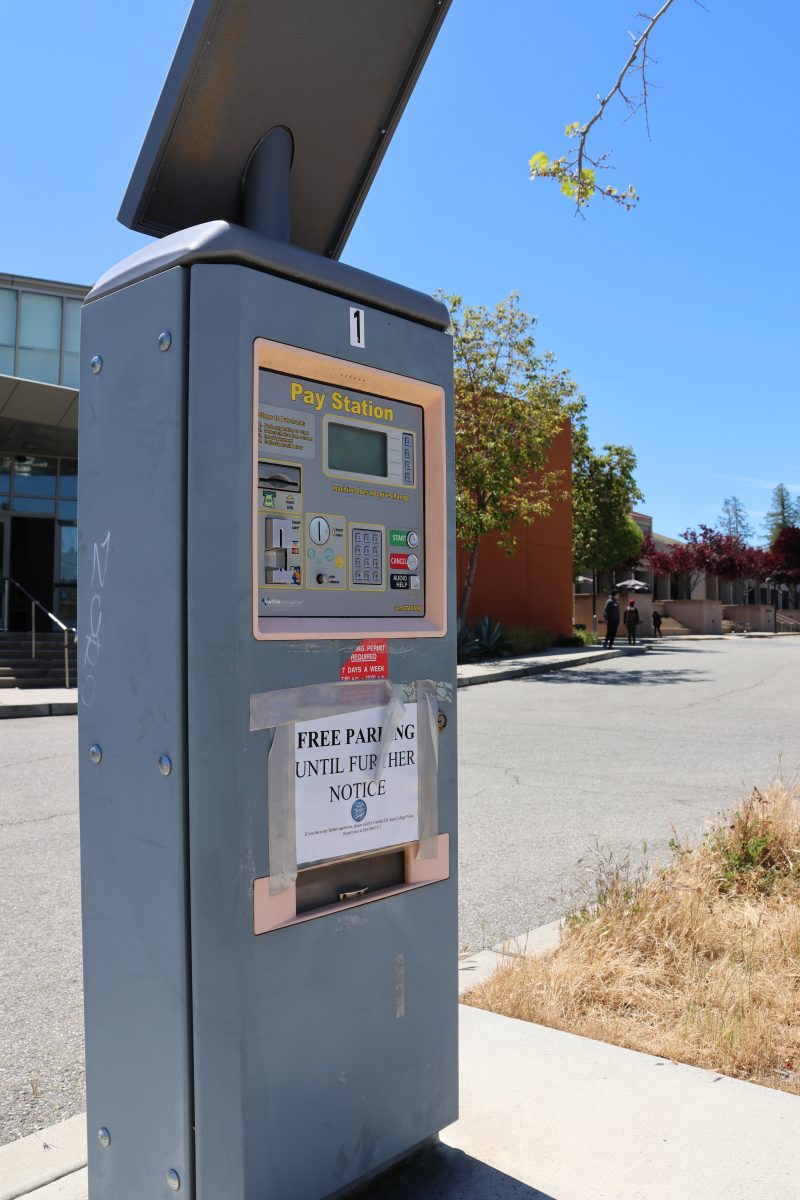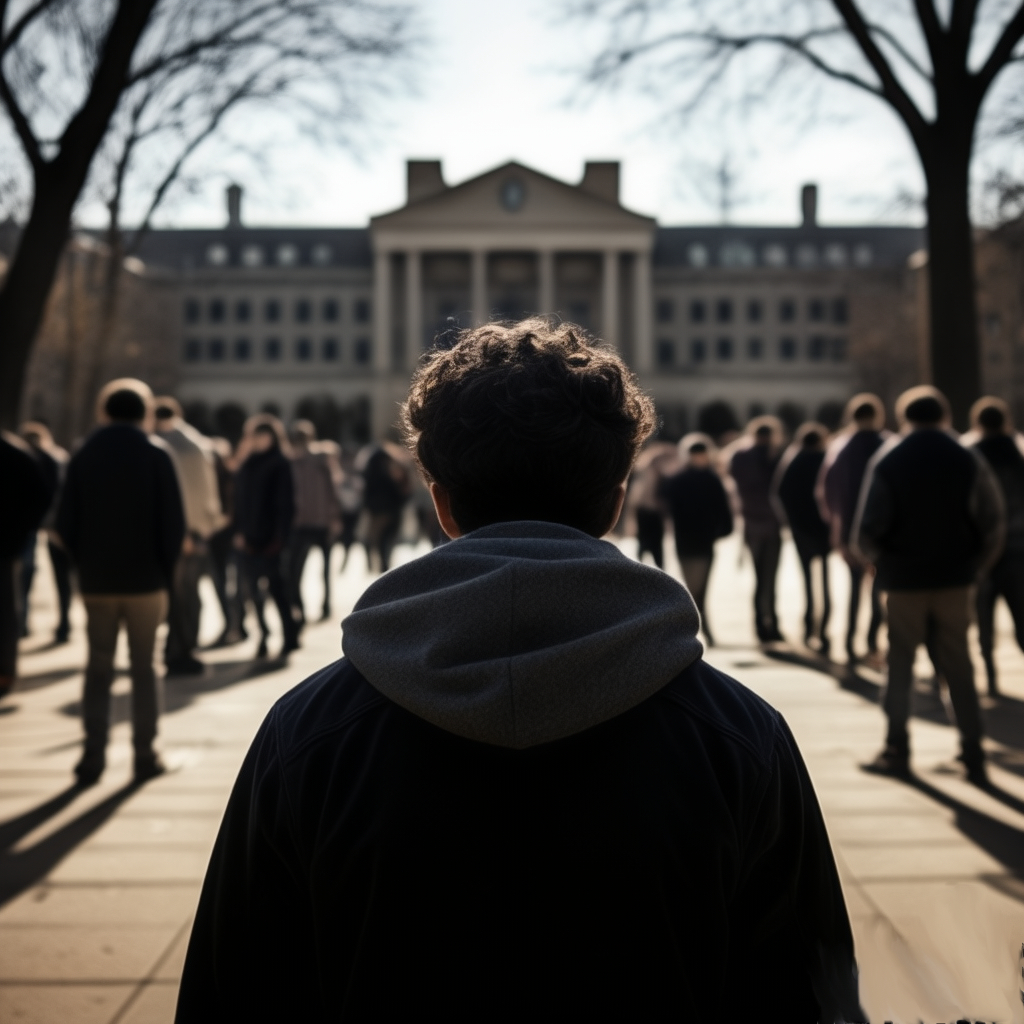Everybody has the right to free or affordable education. Many college students, however, spend their time worrying about how to pay back their student loans after graduating.
With a bad economy and high unemployment rates, students simply cannot make all the payments on the debt they incur.
There is no doubt the state should play a more significant role in supporting higher education. More importantly, politicians should work to make college more affordable without mortgaging students’ future, whether through lowering tuition or awarding grants.
The whole reason everyone is striving to get a higher education is they are fighting to get better careers in the job market. Because students can’t pay the ridiculously high tuition, they borrow money. But in the end, they face the fact that there are no enough jobs available.
According to the Federal Reserve Bank of New York, student debt has climbed 25 percent since the start of the financial crisis in 2008, increasing by $440 billion to the current level of $550 billion.
The rate of student loans that were more than 90 days past due rose from 10.6 percent to 11.2 percent in the second quarter of 2011, according to the New York Federal Reserve. Not only has student debt risen precipitously, but an increasing number of those loans aren’t getting paid off on time.
As long as the education system remains the same, it falls on the responsibility of colleges to make it clear to students how the loans process work.
In some cases, student simply may have not understood the decision they were making.
According to a survey by the youth advocacy group Young Invincible of 6,500 students who owed $76,000 on average, a majority-65 percent-either misunderstood or were surprised by some aspect their loans. Twenty percent of them were surprised by their repayment terms as well as the amount they had to pay monthly.
“It did not seem too much money at the beginning,” said Jesse Hale, a student at Foothill College. “I went to a college before and took a loan, but when I started paying it back, I then figured how much money it was.” She added, “It was hard to find a job to pay back my debts.”
While the interest rate is still under debate in U.S. Congress, it is set to double to 6.8 percent in June. This will put students in big trouble, and might make them think twice before they enroll in universities, especially when the job market is still poor. If Congress extends the lower interest rates on the federally subsidized Stafford loans for one year, it will save more than seven million students $1,000 each on their total loan payments. The extension comes with a $6 billion price tag, which is keeping it at a standstill.
Finally, graduating students want to encounter a lively job market when they graduate. And a nation’s growth is supposed to be enhanced by higher education but with the enormous debt burden, it will be hard for graduates to invest enough to allow this growth, to arise.
The U.S. could be put on a slower growth path in years to come if the college debt stays the way it is. Less money will be spent and invested by adults in their first few decades as long as Americans struggle with high student loan payments.








